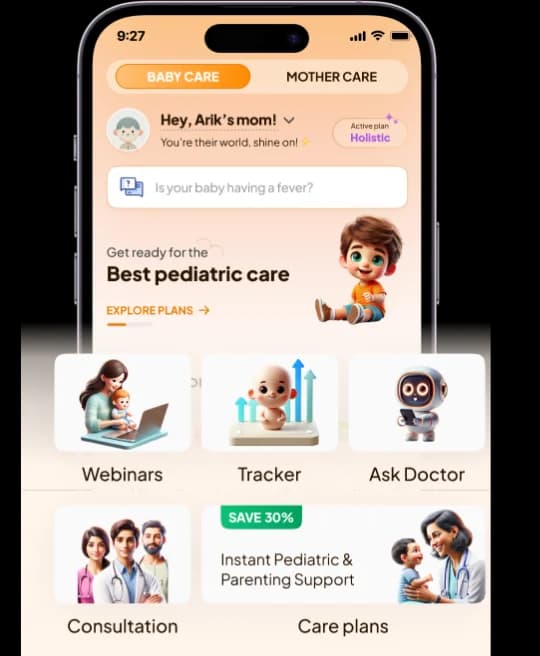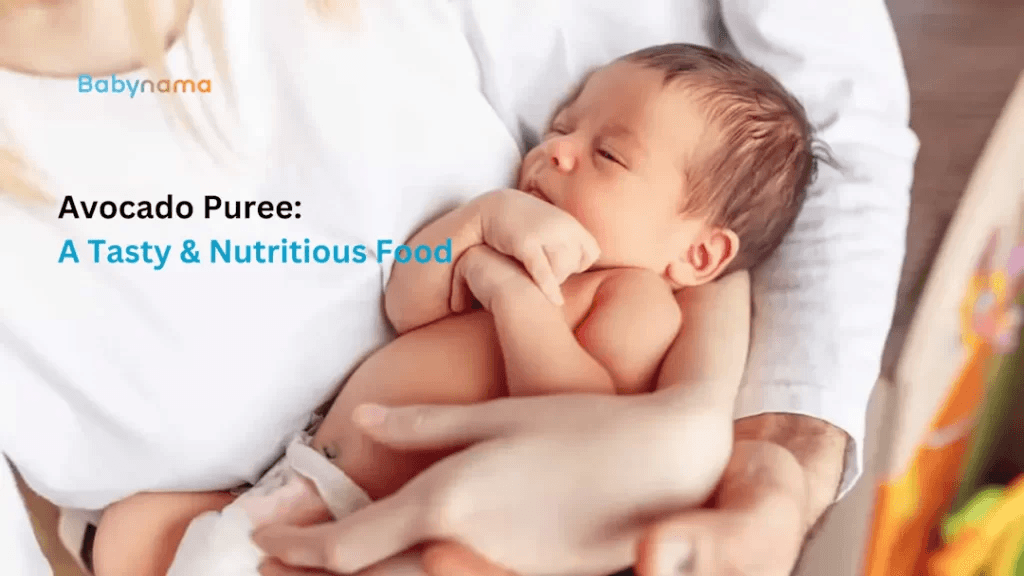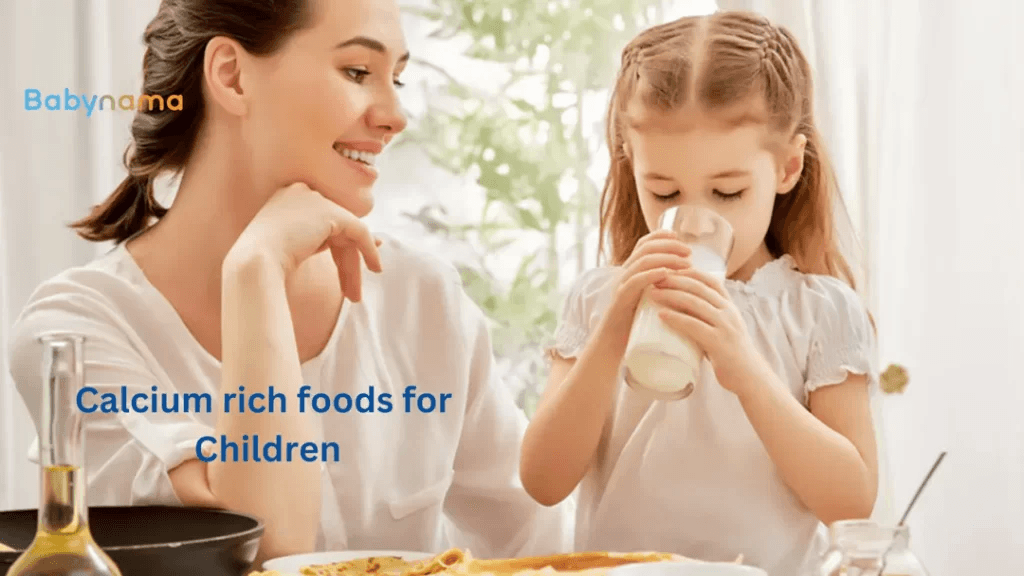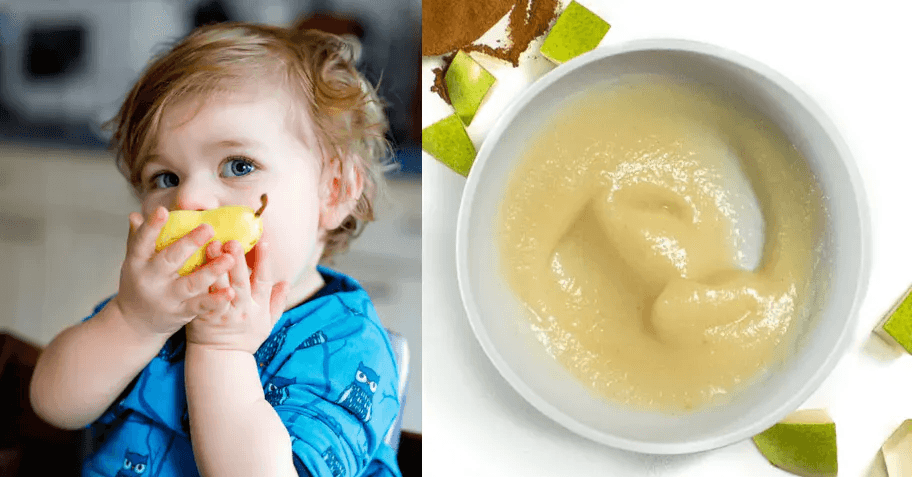
What Is My Plate & How Is It Different From A Food Pyramid?
A combination of the right amount of different foods can help your children to be healthier now and in the future. It has become a priority for parents of their child's good health and eating healthy with growing importance. A healthy diet cannot be limited to just a few components. It is shaped by various factors such as your food preferences, life stage, and key to food, culture, personal preferences, and traditions. So a new model named MyPlate has been created by the United States Department of Agriculture (USDA), the agency responsible for nutrition.
My Plate
MyPlate is a colorful example of a plate that reminds people to eat a variety of healthy foods and ensures they eat less of some foods and more of others. The plate is divided into four sections and includes a separate section next to the plate indicating the side row.
Following are the plate parts:
- vegetable
- fruit
- grains
- protein
- And a side dish of dairy products
Which food group statement is correct?
The presentation of food in a pyramid structure indicates that some foods are very important and others less important. For example, whole grains make up the largest portion, which misleads people into thinking that whole grains are very important, while other products such as fruits and vegetables are less important. However, in MyPlate, the boards are divided as follows:
- Fruits and vegetables - half a plate
- Cereals and protein - about a quarter of a plate
- Simple, easy, and comparable model
The food pyramid has different prototypes that represent food groups. This format is not easy to understand. However, MyPlate follows a simple, easy, and connected format that is we use plates to eat our food. Therefore, the format of using signs indicating the approximate number of these food groups is more straightforward to understand. Every time you eat something, you can modify the amount and modify your meal accordingly.





